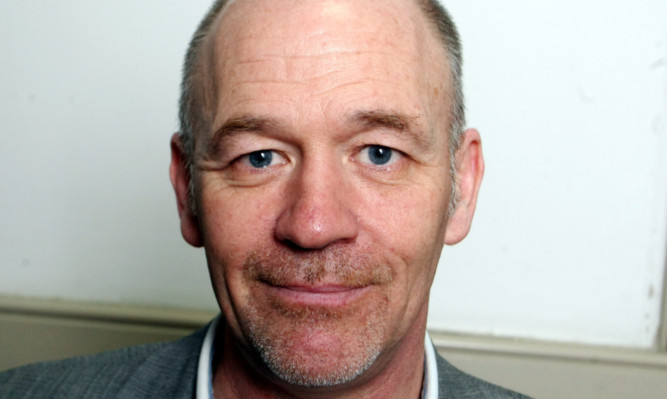Scotland’s commissioner for children has sparked outrage after saying youngsters living with drug-addict parents should not necessarily be taken into care.
Tam Baillie advised MSPs against making “easy assumptions” about the lifestyle of drug and alcohol users when he appeared at the Scottish Parliament’s education and culture committee.
“Not all parents who misuse substances experience difficulties with family life, childcare or parenting capacity,” he wrote in a submission to the committee. “Equally, not all children in such an environment are adversely affected in the short or longer term. In my view, each case should be assessed on its individual merits.”
Scottish Conservative education spokeswoman Liz Smith said: “Sadly, there are far too many families in Scotland where one or both parents have a drink or drug problem.
“The rule of thumb for dealing with such cases is that the interests of children should always come first. If there are parents with long-standing problems, living chaotic lifestyles, and youngsters are being put at risk, then it is right they are taken into care.”
Neil Bibby, Scottish Labour’s children and early year’s spokesman, added: “We know that drugs and alcohol can lead to chaotic lifestyles and it’s vital that the safeguards are put in place to protect children left vulnerable in these circumstances. We must always ensure the interests of the child are put at the forefront in every case.”
Speaking at the Holyrood committee on Tuesday, Mr Baillie also claimed there is a lack of consistency between care professionals and local authorities about the appropriate level of intervention.
He said: “You only need to look at the rates of children that are being looked after, as there are variations. Some of that can be accounted for by levels and concentrations of poverty, but not all of it.
“You will have councils with similar profiles, in terms of their socio-economic circumstances, who have got quite different rates of children being taken into a care or are being looked after. That begs the question of what else is going on there?”
The rates vary widely among local authorities, from 6.3 children per 100,000 in the lowest council to 31.9 in the highest, according to Mr Baillie.
The evidence session also heard from Scottish Consortium for Learning Disability business and partnerships manager Andy Miller, who claimed up to three-fifths of parents in Scotland with learning difficulties may have had their children taken into care.
Mr Miller said: “The figure on its own is quite bold but if you take it alongside the experience of parents with learning difficulties, they find it really difficult to get the right support they need to parent, or even any support at all.
“We hold the view that with better support for parents, that number would drop significantly.”
